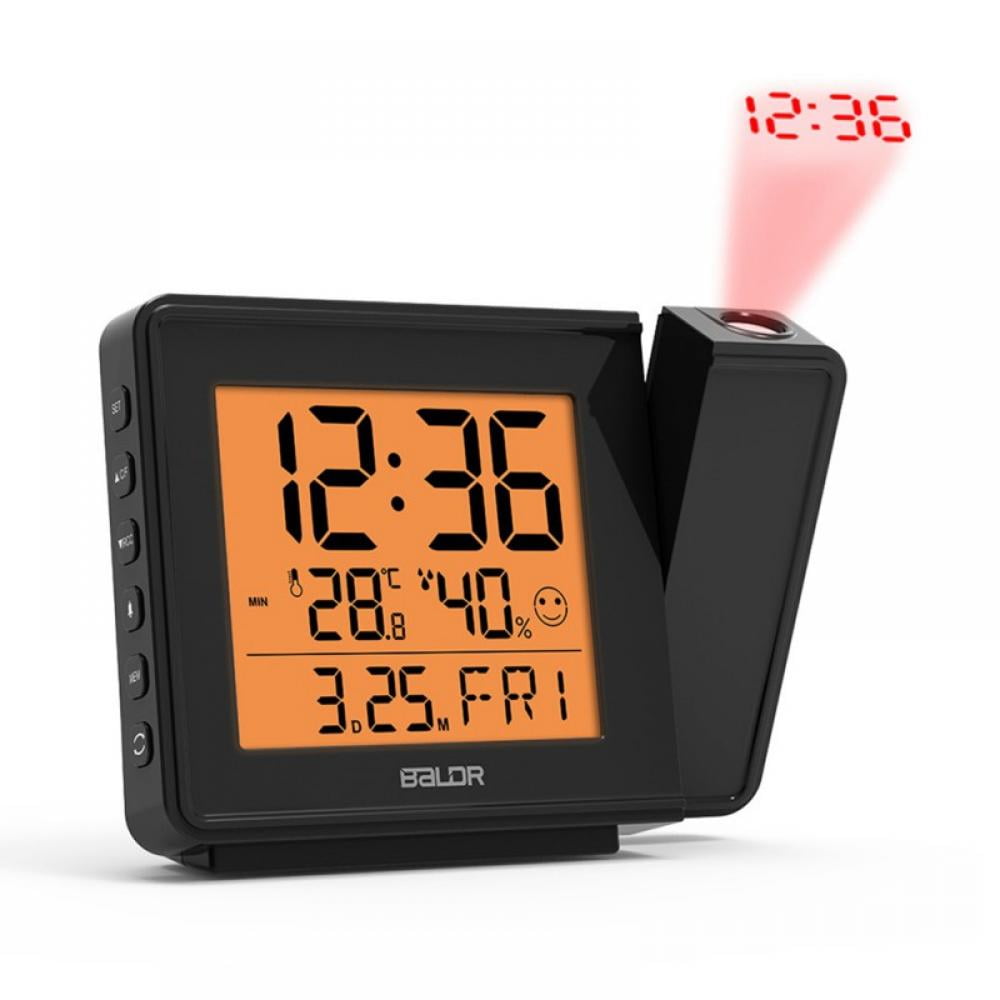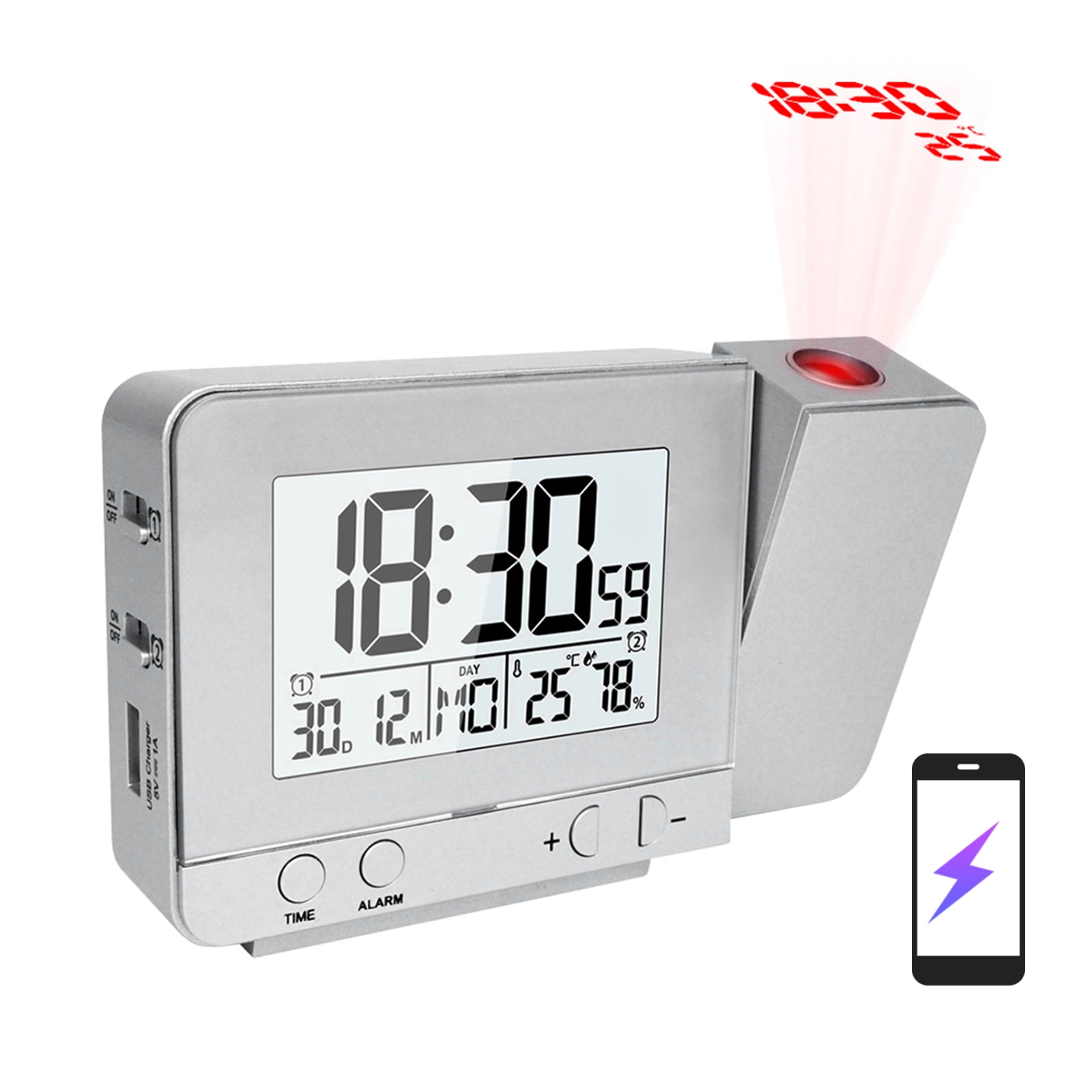
If you require better picture quality with transparency, you can use ProRes 4444 XQ. These codecs provide sharper images at the cost of greater processing power, and require exceptionally good video output equipment and viewing conditions to be worthwhile.įor moving images with transparency, we recommend one of the following codecs (listed in preferential order):

If you require better picture quality, you can also use ProRes 422 or ProRes 422 HQ. While all those codecs technically work with the underlying video frameworks that power QLab 5, the following codecs give the best performance in QLab for moving images without transparency (listed in preferential order): The following codecs are compatible with QLab 5 for moving images: The container is like an envelope which contains the video, its audio tracks, and metadata about the media. The second attribute is the container format used by the file. Codec is short for either “compressor/decompressor” or “code/decode” and it describes the way that video data is encoded in the file.

The first attribute is the codec used by the file. Unlike audio files, video files have two attributes that determine whether they are compatible with QLab. Video cues must have a file target, which is a video or image file on your computer, and must be assigned to a stage, which connects QLab to a video output destination such as a projector, screen, LED wall, or a virtual output device such as Syphon or NDI.

#TARGET PROJECTION CLOCK FULL#
Video cues allow you to play video and still images files with precise control over timing, opacity, scale, position on screen, and 3D rotation, and with a full suite of effects and blending tools.


 0 kommentar(er)
0 kommentar(er)
